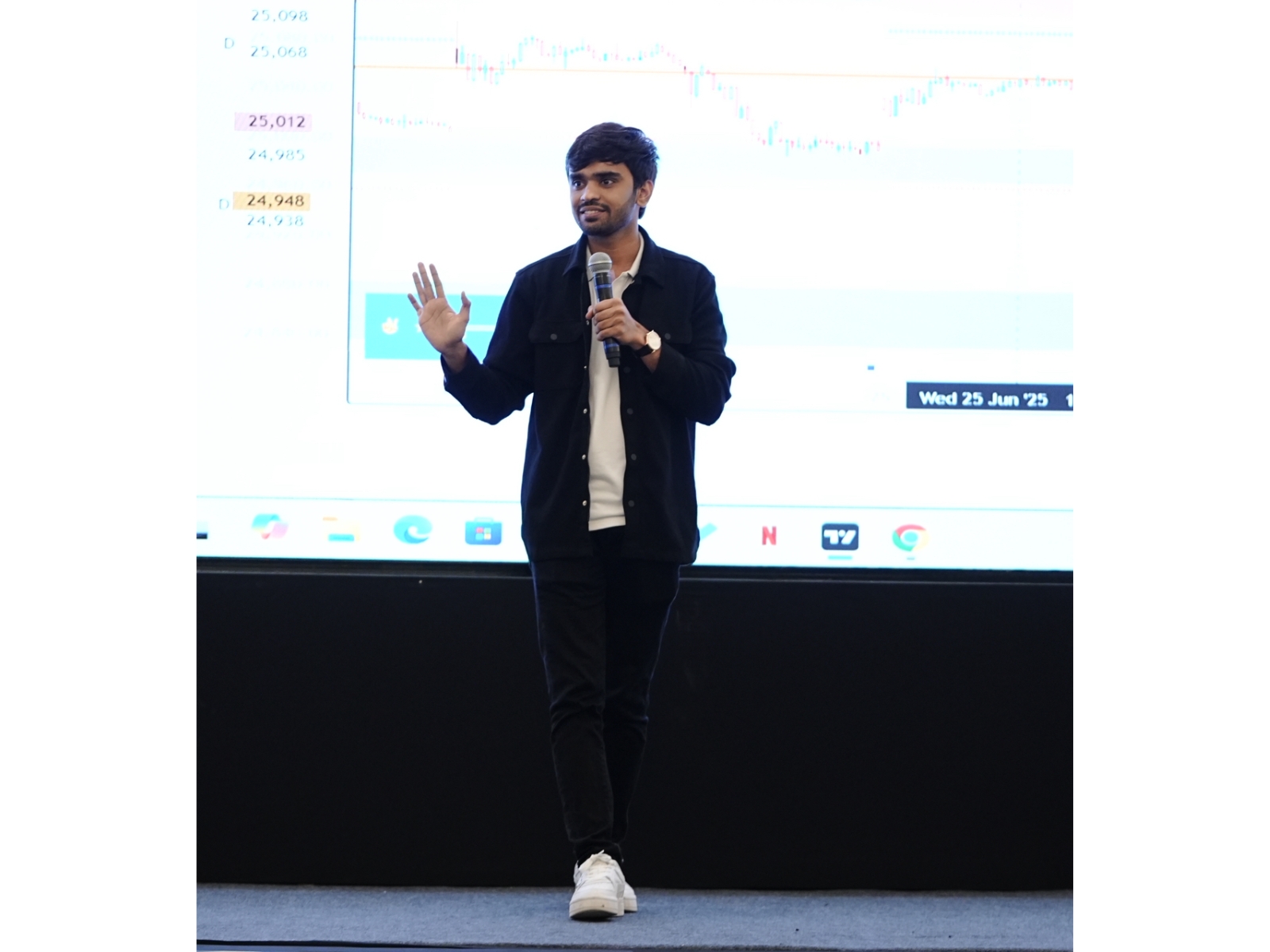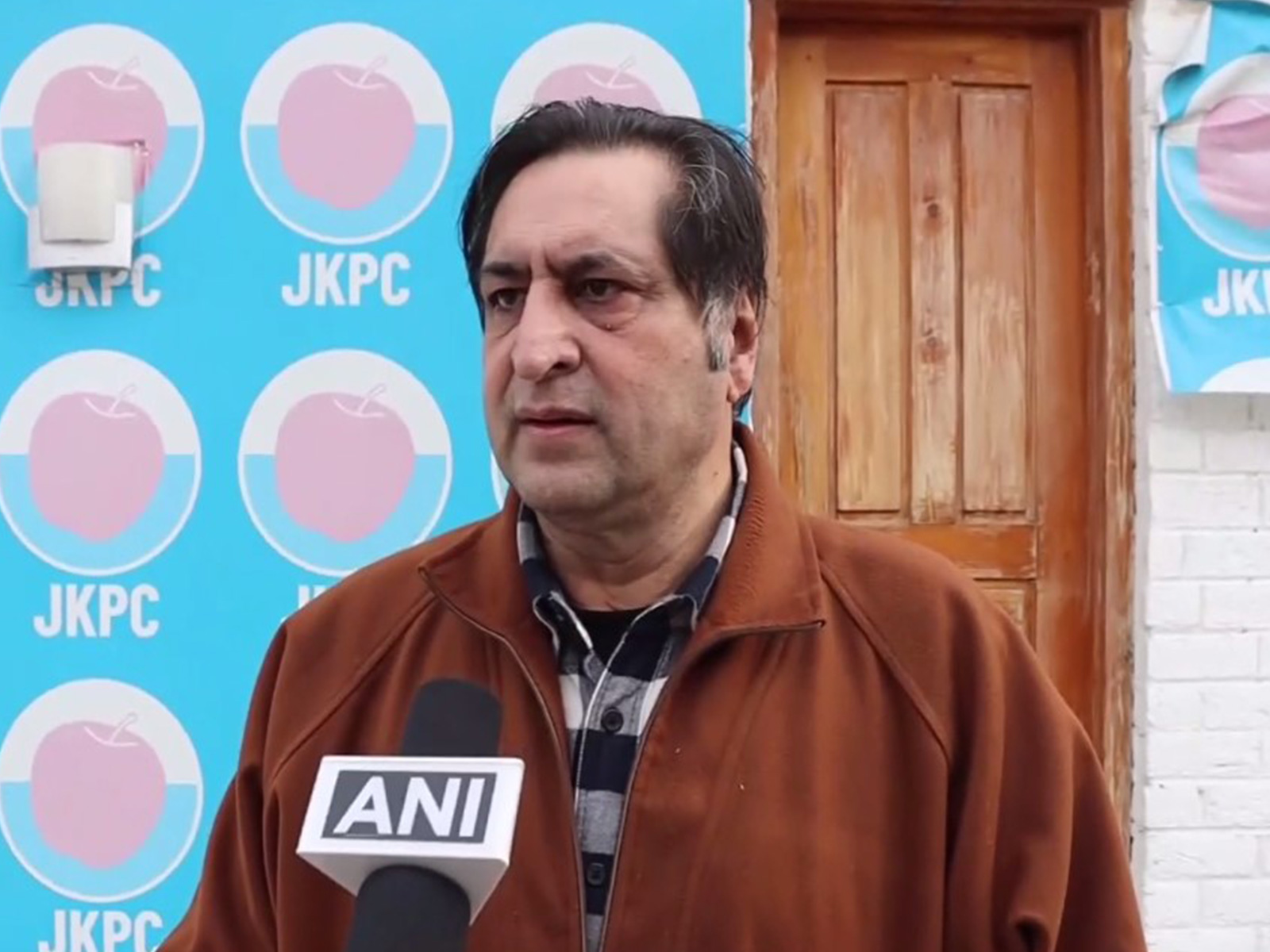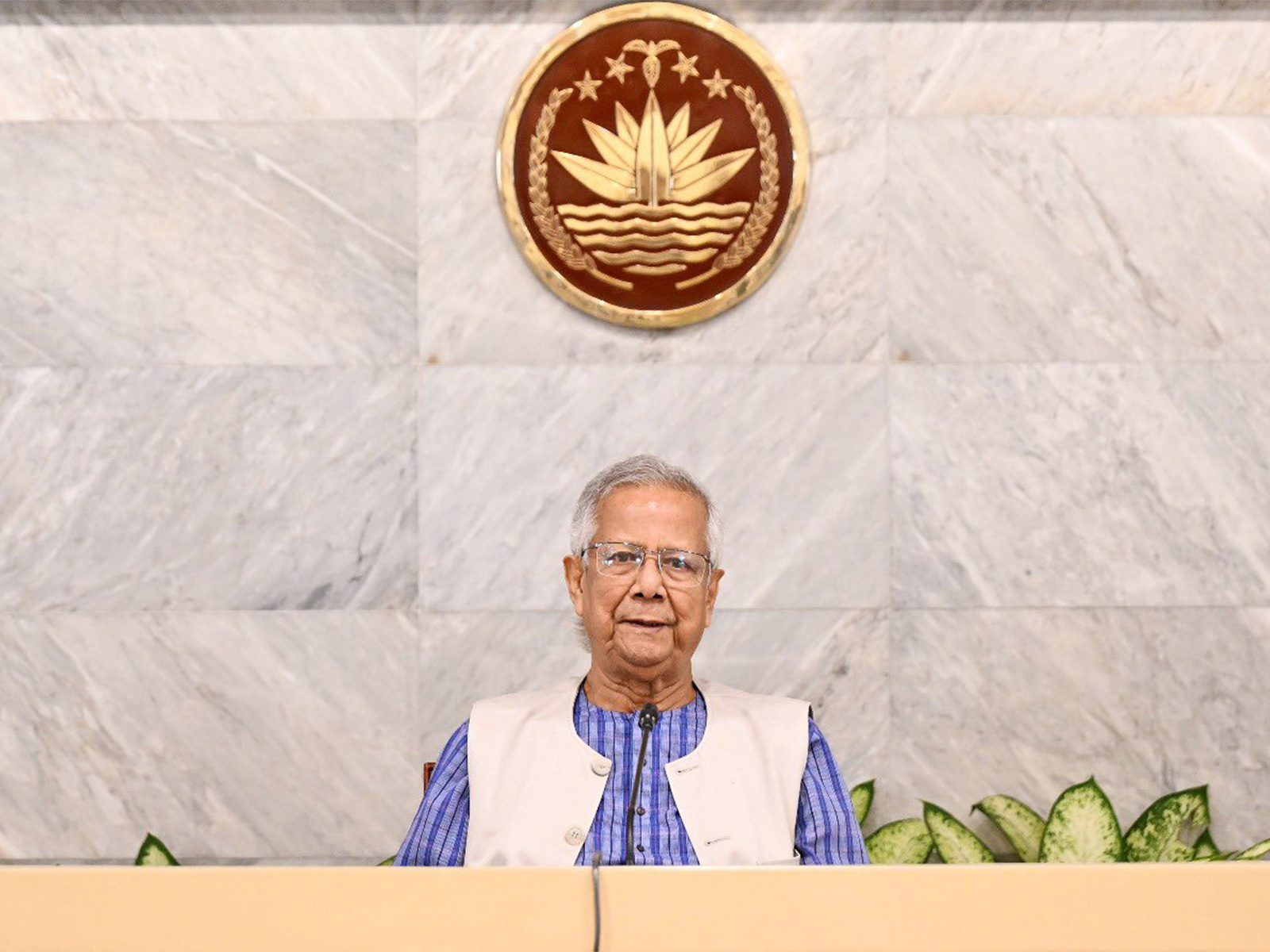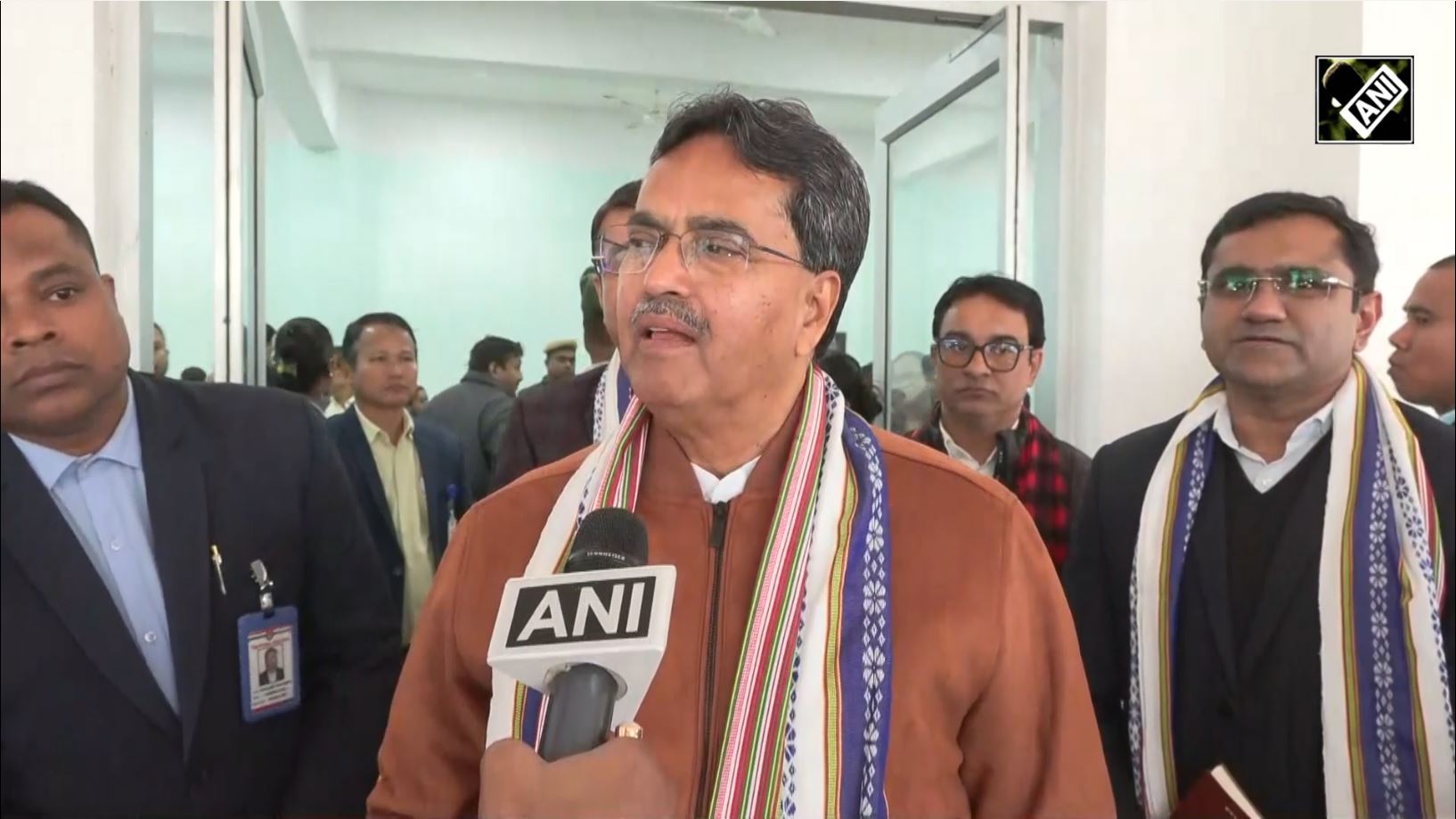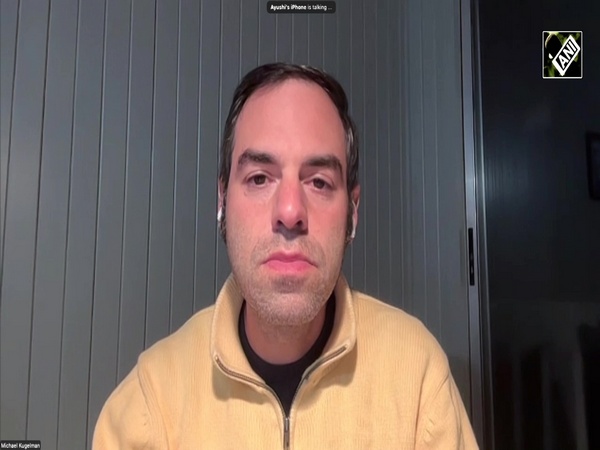Striving for sustainable solutions in the global polyethene market: S&P GCI
Feb 06, 2024

New Delhi [India], February 6 : The global polyethene (PE) market, which constitutes a third of the world's polymer market, is facing a pivotal challenge - the push towards sustainability amid economic constraints.
As per S&P Global Commodity Insights (GCI), with plastic waste, emissions, and climate concerns escalating, stakeholders in the plastic value chain are under mounting pressure to address environmental issues associated with PE production and consumption.
PE, known for its low cost, versatility, and weather resistance, finds application in various sectors including household items, packaging, construction, and more.
However, the industry is grappling with a trilemma of security, sustainability, and affordability, necessitating a shift towards low-carbon PE production.
Efforts to produce low-carbon PE are driven by sustainability goals set by brand owners, converters, and producers.
Technologies such as using bioethanol-based ethylene and hydrogen in cracking furnaces, coupled with carbon capture and storage, are being explored to reduce carbon emissions.
However, the adoption of these sustainable technologies poses a significant financial challenge due to higher capital and operating costs compared to conventional methods.
According to a recent study published by S&P Global, premiums required for sustainable PE production could range from 10 per cent to over 100 per cent, depending on factors such as technology, location, and government incentives.
This presents a dilemma for the industry as it questions whether consumers are willing to absorb the price premium for sustainable PE products.
Moreover, the distribution of these costs along the supply chain remains a contentious issue.
Conversations with North American converters revealed that premiums fluctuate based on specific applications of PE, further complicating the pricing dynamics.
The role of regions and incentives, such as the Industrial Reinvestment Act (IRA) in the US, cannot be understated in determining the feasibility of sustainable PE production.
These factors influence the premiums required for different technologies and vary across resin producers, converters, brand owners, and consumers.
"The Economics of Low-Carbon PE - Will Consumers Pay for Sustainability," a recent study by S&P Global's Chemicals Consulting team, delves into these complexities.
The study provides insights into the costs, expected returns on investment, and market premiums required for sustainable PE production in countries like the US, Canada, and Brazil.
As the industry navigates the transition towards sustainability, collaboration among stakeholders is imperative to address the multifaceted challenges posed by cost, technology, and consumer behaviour.
The journey towards low-carbon PE production requires a concerted effort to balance environmental objectives with economic realities in the plastic value chain.


